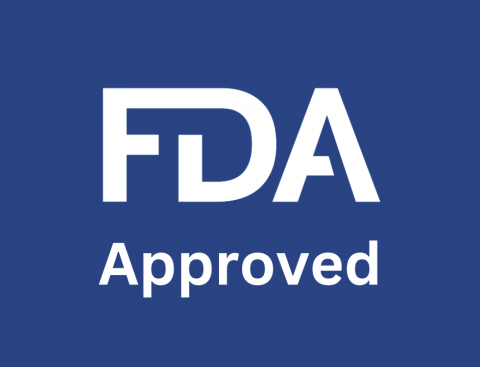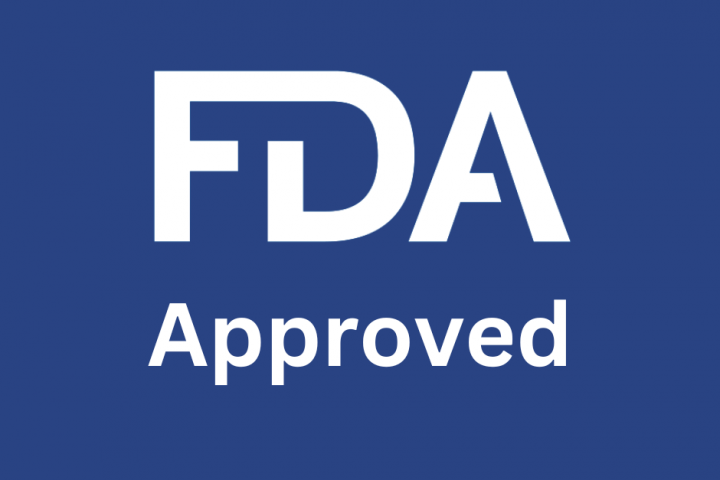By: Dr. Anish Shah
Bronx-Lebanon Hospital; Bronx, NY
On April 22, 2024, the U.S. Food and Drug Administration granted approval for nogapendekin alfa inbakicept-pmln (Anktiva, Altor BioScience, LLC), to be used in conjunction with Bacillus Calmette-Guérin (BCG) for the treatment of adult patients suffering from BCG-unresponsive non-muscle invasive bladder cancer (NMIBC) with carcinoma in situ (CIS), either with or without papillary tumors.
Study ID: NCT0302285
The effectiveness and safety of the treatment were assessed in the QUILT-3.032 study, a single-arm, multicenter trial involving 77 patients with BCG-unresponsive, high-risk NMIBC with CIS, with or without Ta/T1 papillary disease, following transurethral resection. The patients were administered nogapendekin alfa inbakicept-pmln induction through intravesical instillation with BCG, followed by a maintenance therapy that lasted up to 37 months.
The dosage of nogapendekin alfa inbakicept-pmln is 400 mcg, to be given intravesically in conjunction with BCG on a weekly basis for a period of 6 weeks as part of the initial therapy. Post initial therapy, the recommended dosage remains at 400 mcg, but the administration schedule changes to a weekly dose for 3 weeks during the 4th, 7th, 10th, 13th, and 19th months, resulting in a total of 15 doses. Regular assessments of the tumor’s condition were conducted through cystoscopy and urine cytology every quarter for a period of 2 years.
Additionally, a biopsy, whether random or directed by cystoscopy, was necessitated within the initial 6 months post commencement of treatment. Subsequent evaluations adhered to local practices. The treatment period is not to exceed 37 months.
The primary factors to evaluate the effectiveness of the treatment were the achievement of complete response (CR) at any point in time and the duration of the complete response (DOR). CR was ascertained by negative results from cystoscopy (with TURBT/biopsies when necessary) and urine cytology. The rate of CR was found to be 62% (95% CI: 51, 73). Among the patients who achieved CR, 58% maintained a DOR for 12 months or more, while 40% maintained a DOR for 24 months or more. Should CR not be attained by the 3rd month, another round of the initial therapy may be administered. For patients maintaining CR from the 25th month onwards, additional maintenance instillations with BCG may be administered on a weekly basis for 3 weeks during the 25th, 31st, and 37th months, with a maximum of 9 additional instillations. Treatment should be discontinued in the event of persistent disease post the second round of initial therapy, recurrence or progression of the disease, or if the toxicity level is deemed unacceptable.
The most common adverse reactions (≥15%), including laboratory test abnormalities, were increased creatinine, dysuria, hematuria, frequent urination, urgency to urinate, urinary tract infection, increased potassium, musculoskeletal pain, chills, and fever.





